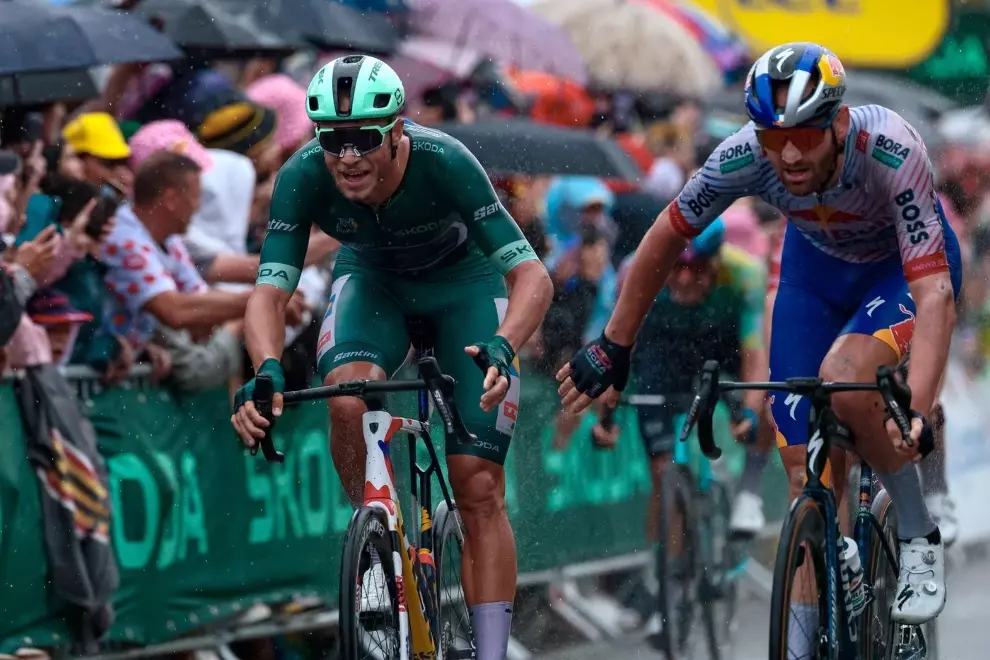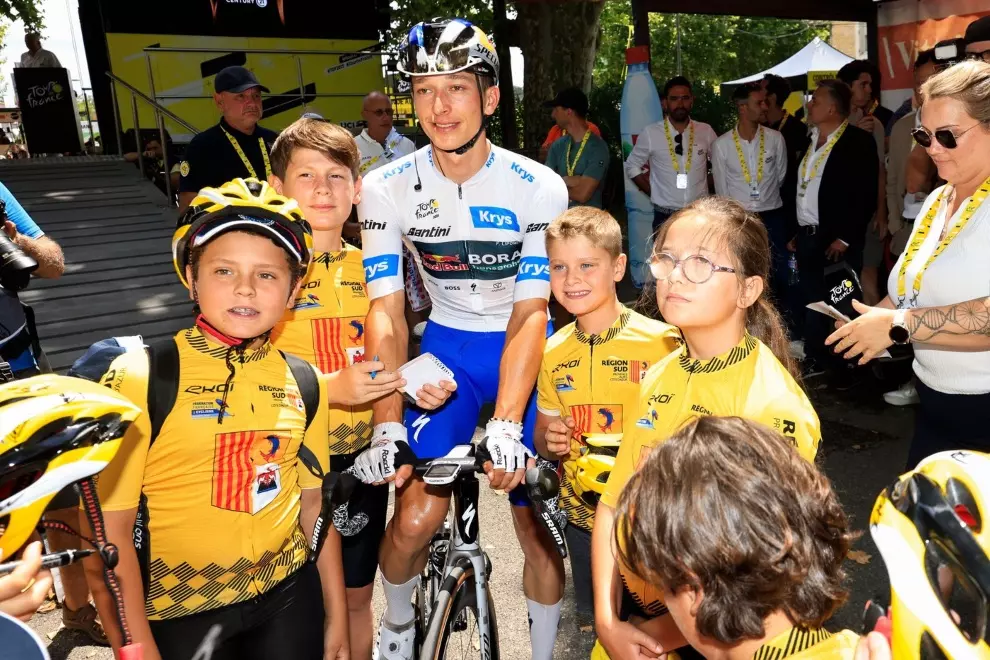1. Training
My Mallorca challenge was 336 km long and it took me 21 hours including stops. A long day in the saddle. There is no way around the importance of TITS (time in the saddle). This is not only good for getting stronger but also for all muscles and the seating area getting used to the position. If you are prone to chafing or saddle sores then I would strongly encourage to solve this problem first before going for such a challenge – whether it is changing the riding position, saddle (height) or shorts. Besides, although long rides are important, more important is the climbing training. The riding position is just very different going uphill and different muscles are used. That does not mean sprinting up the hill but riding up in a steady tempo (the speed you would climb when going for the Everesting), which brings me to the next point.
https://www.instagram.com/p/B85_N-Oo4na/
2. Pacing
If you are a seasoned cyclist, you know the importance of pacing. But as much as we sometimes intend to take it at a steady pace, the excitement from the challenge makes us go faster than we should, only to realize that all matches are burnt before the finish. Especially for such a long challenge, pacing right from the start is absolutely key. The first climbs should feel way too easy. The mantra should be to save as much energy as possible. Your legs will thank you after 15 hours!
3. Food
During such a long ride, you burn A LOT of calories so there are multiple parts to consider. You most likely won’t be able to carry all your food and drinks with you, so create a route with refill opportunities (See point 5 below). Also, what tastes amazing 3 hours into the ride might not be your food choice after 10 hours. Thus, be sure to carry a variety of foods, especially with salt, sugar, and fat. I am a big fan of real food so I eat sandwiches, tortilla, natural bars and fruit on the ride. This also helps my stomach to stay calm.

4. Riding buddies
21 hours on the bike is a LONG time. Unless you prefer riding on your own for that long, I would suggest taking one or a few cycling buddies with you who fully understand and support your challenge (so they don’t make you feel slow or demotivate you, especially if they are only cycling a part of the route with you). Choose friends with a positive attitude and, even better, those who bring the necessary experience to this ride. Also, those who can keep you entertained and engaged. Because at 2 AM when you are very tired, the best recipe to stay awake is listening to hilarious stories.
5. Route Choice
Route choice is absolutely critical for the success of the ride. In addition to getting 8,848 m of elevation gain together, there are some factors that are essential. First, I divide the route into parts so that I don’t have to think about 300 km+ but maybe only the next 50, which sounds a lot more manageable. After all, each part needs to be something that I am looking forward to… either a great food stop, a long descent or an amazing view. So, instead of thinking about 50 km, I think about what comes at the end of it. Second, I create the route with absolutely no option for return. There is no Option B. Especially when it gets tough in the night, I need to be at the furthest point of the route so I have no other choice but to ride the route I chose. Third, I put the mentally and physically challenging parts at the beginning and the easier climbs towards the end. If you are familiar with the Tramuntana mountains in Mallorca, you can see that the Mallorca Everesting route (first picture above) was created according to these three factors.

As an extra tip, I would suggest www.Komoot.com for route planning as this website is the most accurate for elevation gain calculations. When I did the Mallorca Everesting, I finished with an elevation gain of 8,400 m on my Garmin but after recalculating it online, it ended up being 9,000 m.
An Everesting is a big feat. It takes mental and physical preparation to accomplish. But when you reach those 8,848 m, you will feel an amazing sense of achievement. However, it should not just be all about reaching that finish line. The process from choosing the route, discovering new terrain and enjoying the time with riding buddies makes this challenge something to remember forever. Here are my 2 cents about how to overcome the fear of going for something seemingly impossible summed up in 6 minutes.




